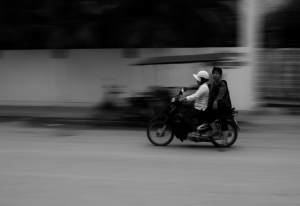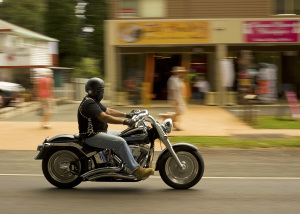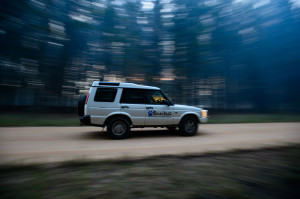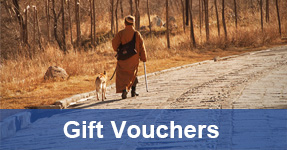January 29, 2015
Words and images by Danielle Lancaster or as credited.
Capturing that feeling of movement; be it a child on a bike or a racing car along an open road: these are images where you want to sense the sensation of speed and passage of those involved. The best way to do this is by a technique called panning.
The idea is you pan your camera in line and in time with the moving subject. The resulting image will yield a relatively sharp subject with the back ground and/or foreground out of focus (blurred) and delivering a sense of movement and speed to the viewer of your image.
Panning seems to work best, especially when you are new to this technique, with moving subjects that are on a relatively straight trajectory. That is the subject is moving parallel to the photographer in a straight line from left to right or vice versa. This allows you to predict where your subject will be coming from and moving to.
If the subject is travelling towards you (or away from you) then you won’t be able to obtain the same look of movement. You will have more success as a beginner to this technique if your subject is moving parallel to you, the photographer. Objects that are moving side to side are challenging and can result in messy looking shots as the motion blur can be quite erratic unless you are very careful.
 Image courtesy Cass Johnson in a session on panning during the
Image courtesy Cass Johnson in a session on panning during the
Bluedog Photography Siem Reap Cambodia workshop in 2015
As the subject goes past, the camera needs to follow it while you gently push the shutter button. Those that have played golf or tennis know the follow through. We use this same technique here and keep moving our body while tracking the subject. The smoother the better.
When first attempting this technique, work with a wider angle lens. Start with a shutter speed of 1/125th and decrease as you perfect the technique of your body movement. Ideally you want to aim to be at 1/30th or below. There could be some camera shake on top of motion blur: these are two different things and we’ll discuss these in more depth in a later blog.
Be aware that some auto focusing tracking systems work great but others have a shutter lag which causes all sorts of problems. All cameras are different and as you can understand we can’t go through all the makes and models (wish we could but there are bills to pay:)) If your camera doesn’t have fast enough auto focusing try pre-focussing on the area you anticipate releasing the shutter – we’ve found this works really well. Remember you need to release the shutter gently – we need to avoid as much camera shake as we can from our body movement.

Watch your background: the closer your background is to your moving subject the greater the blur and the more colourful this is the more dynamic your image will be.
Panning does take patience and practice, however it is well worth the effort.
At about 1 minute and 52nd seconds into this video you see me during a Bluedog tutors training session panning.
About the author:
Danielle Lancaster is a professional photographer and a director at Bluedog Photography.
Danielle works as a feature photo-journalist, conducts photography courses, retreats and tours and supplies a range of imagery for corporate and private clients. She loves sharing her passion of photography with others.
Tel: 07 5545 4777
Email: info@blue-dog.com.au
www.blue-dog.com.au



